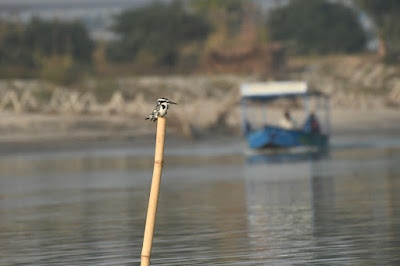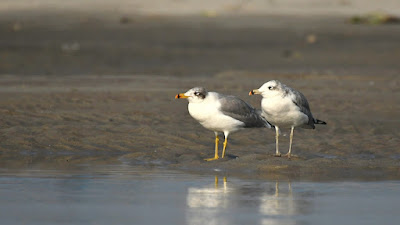Kote betta, the third highest peak of Coorg is always a bucket listed option to the trekkers. We also interested in trekking wanted to explore the beautiful landscape where there are a few forest patches and shola forests. Entering the trek path it was so rejuvenating, as we head further got to see the trails of porcupines, and some pretty fungus. The trail is a charm to the hill as it has wide exposure to the undisturbed wildlife.
Walks like these offer so many herps like montane forest lizards, geckos and few traces of elephant and some canine poop which consisted of porcupine hairs and thorns. We were also amazed looking at the temple which is situated above the hill and the stones are said to be placed by Pandavas. Recorded 19 species of birds in two hours of trek. The day ended well with the sighting of the magestical indian guar pair.
Join us for the amazing treks like these to experience the wow scenes.
By Divya Shree, Asian Adventures - India
For details, contact us https://linktr.ee/asianadventures
.jpg)
.jpg)
.jpg)
.jpg)

.jpg)
.jpg)


.jpg)


.jpg)









.jpg)
.jpg)
.jpg)

.jpg)








.jpeg)


